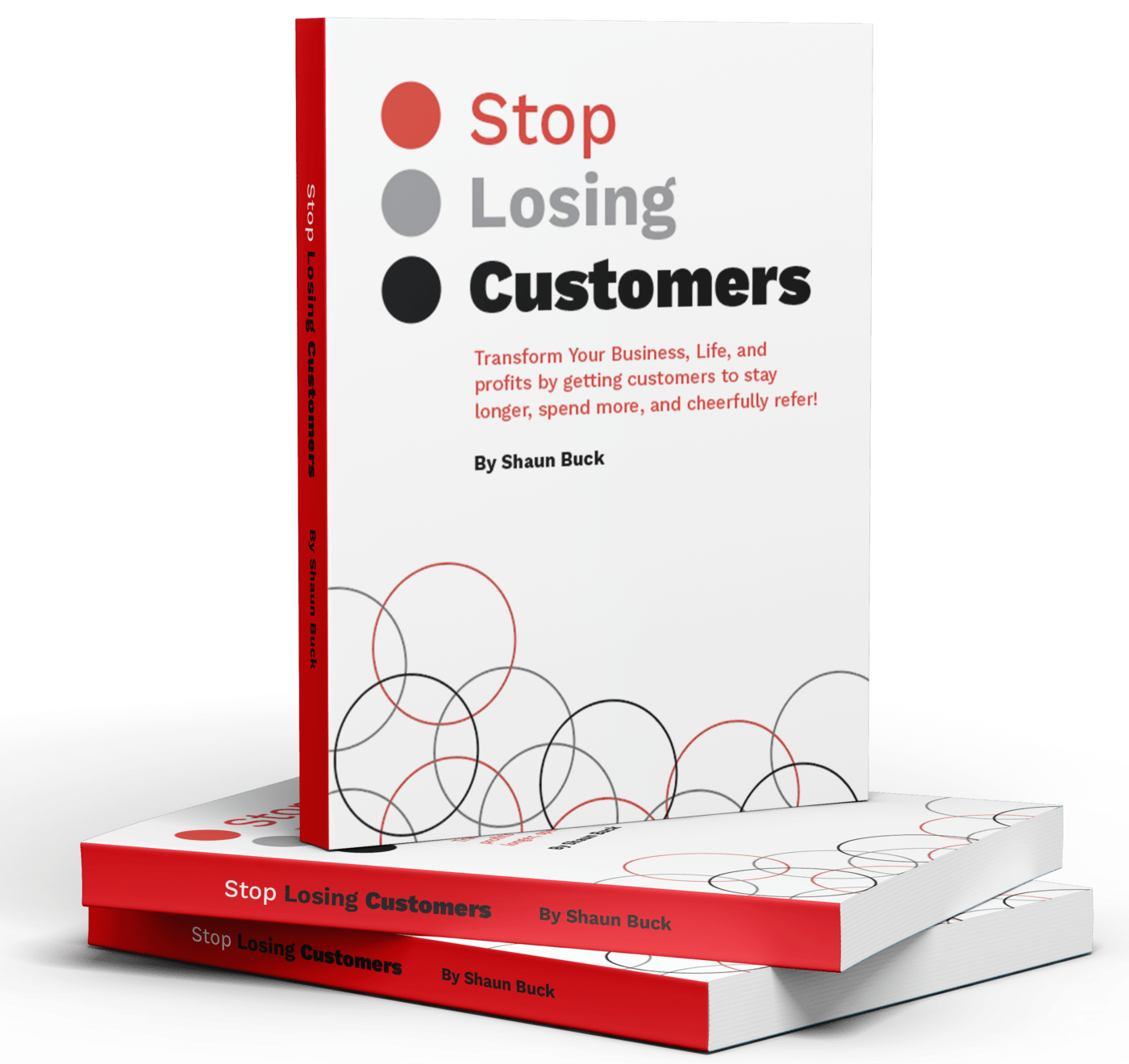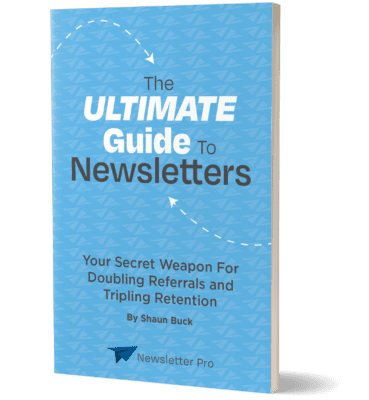Interactive storytelling is a powerful tool for engaging audiences through email content. By weaving narratives into your emails, you can captivate your readers, foster deeper connections, and drive action. In this article, we’ll explore the benefits of using narrative storytelling in your email content and provide practical tips for implementing it in your content strategy.
Why Use Narrative Storytelling in Email Content?
Enhances Engagement
Narrative storytelling captures the reader’s attention in a way that traditional marketing messages often fail to do. By telling a compelling story, you can create an emotional connection with your audience, making them more likely to engage with your content. Unlike straightforward promotional emails, stories can draw readers in and make them feel part of an unfolding narrative, which can significantly boost interaction rates.
Furthermore, stories can make your emails more memorable. When readers remember your content, they’re more likely to open future emails and engage with your brand. This can lead to higher open rates and better overall performance of your email campaigns.

Builds Trust and Loyalty
When you share stories that resonate with your audience, you build trust and foster loyalty. Stories can humanize your brand, making it more relatable and trustworthy. Over time, this can lead to increased customer retention and brand loyalty. By consistently sharing narratives that reflect your brand values, you can cultivate a loyal community that feels connected to your mission.
Moreover, stories that showcase your brand’s authenticity and transparency can further solidify this trust. Whether it’s a behind-the-scenes look at your company or a success story from a satisfied customer, these narratives can make your audience feel valued and understood, strengthening their loyalty to your brand.
Drives Action
A well-crafted narrative can inspire action. Whether you want your readers to click a link, make a purchase, or share your content, a story can provide the motivation they need to take that next step. By presenting a problem and demonstrating how your product or service offers a solution, you can guide readers toward making a decision.
Additionally, stories can create a sense of urgency. By incorporating time-sensitive elements or highlighting limited-time offers within your narrative, you can encourage readers to act quickly. This can be particularly effective in driving conversions and achieving your marketing goals.
Key Elements of Effective Narrative Storytelling
Relatable Characters
To engage your audience, create characters they can relate to. This could be a customer who has successfully used your product, a team member with an inspiring story, or even a fictional character that embodies your brand values. The key is to make the character’s journey relatable to your audience’s experiences and challenges.
Characters should be well-developed and possess traits that your audience can identify with. This relatability fosters empathy, making readers more invested in the story. By seeing themselves in the characters, readers can better understand how your product or service can fit into their lives.
Compelling Plot
A good story needs a compelling plot. Start with a clear beginning, middle, and end. The beginning should introduce the characters and setting, the middle should present a conflict or challenge, and the end should offer a resolution. This structure helps maintain the reader’s interest and keeps them engaged from start to finish.
In addition to a clear structure, a compelling plot should include elements of surprise and suspense. These can keep readers intrigued and eager to find out what happens next. By building tension and providing a satisfying resolution, you can create a memorable and impactful narrative.
Emotional Appeal
Emotions play a crucial role in decision-making. By incorporating emotional elements into your story, you can create a deeper connection with your audience. Whether it’s joy, sadness, excitement, or empathy, the right emotional appeal can make your story more impactful and memorable.
Different emotions can serve different purposes in your storytelling. For example, joy and excitement can be used to highlight positive outcomes, while empathy and understanding can address your audience’s pain points. By tapping into these emotions, you can create a more engaging and persuasive narrative.
Clear Message
While storytelling can be entertaining, it’s important to ensure that your narrative has a clear message or takeaway. This message should align with your brand’s goals and encourage the desired action from your audience. A story without a clear message can leave readers confused and less likely to engage.
Your message should be concise and easily understood. Avoid overcomplicating your narrative with too many themes or subplots. Focus on delivering a single, strong message that resonates with your audience and reinforces your brand’s values.
Tips for Implementing Narrative Storytelling in Email Content
Know Your Audience
Understanding your audience is the first step to creating an effective narrative. What are their interests, challenges, and pain points? What kind of stories will resonate with them? Use this knowledge to tailor your narratives to your audience’s preferences and needs.
Conduct surveys, interviews, and analyze data to gather insights into your audience. This information can help you craft stories that speak directly to their experiences and desires. The more you know about your audience, the more personalized and impactful your storytelling will be.
Use a Conversational Tone
A conversational tone can make your stories more relatable and engaging. Write as if you’re speaking directly to your reader, using simple language and a friendly tone. This can help create a sense of connection and make your emails more enjoyable to read.
Avoid jargon and overly formal language that can distance your audience. Instead, aim for a natural and approachable style that invites readers into your narrative. This can make your emails feel more personal and less like traditional marketing messages.
Incorporate Visuals
Visuals can enhance your storytelling by bringing your narrative to life. Use images, graphics, and videos to complement your story and make it more engaging. Just make sure that your visuals are relevant to the story and add value to your content.
Incorporating visuals can also break up text and make your emails more visually appealing. This can help maintain reader interest and improve the overall readability of your content. Consider using infographics, GIFs, and other visual elements to illustrate key points in your story.
Keep It Concise
While it’s important to develop your story, keep your emails concise and to the point. Long-winded narratives can lose the reader’s attention. Focus on the key elements of your story and deliver them in a clear and concise manner.
Edit ruthlessly to remove any unnecessary details or tangents. Your goal is to convey your message effectively without overwhelming your readers. By keeping your emails concise, you can ensure that your story remains engaging and impactful.
Include a Call to Action
Every story should lead to a call to action (CTA). Whether it’s encouraging readers to visit your website, download a resource, or make a purchase, ensure that your CTA is clear and compelling. The CTA should feel like a natural next step in your narrative.
Place your CTA prominently within your email and use persuasive language to encourage action. Make sure the CTA aligns with the overall message of your story and provides a clear benefit to the reader. A well-crafted CTA can significantly boost your conversion rates.

Engaging Audiences Through Narrative in Email Content
Customer Success Stories
Sharing customer success stories is a great way to showcase the benefits of your products or services. These stories can highlight real-life examples of how your offerings have helped customers overcome challenges and achieve their goals. By featuring relatable characters and compelling plots, customer success stories can inspire other readers to take action.
Additionally, customer success stories can serve as powerful testimonials. They provide social proof and demonstrate the value of your products or services in a tangible way. By sharing these stories, you can build credibility and encourage potential customers to trust your brand.
Behind-the-Scenes Stories
Behind-the-scenes stories give your audience a glimpse into the inner workings of your brand. This could include stories about your team, the development of a new product, or the inspiration behind your brand’s mission. These narratives can humanize your brand and build a deeper connection with your audience.
By sharing behind-the-scenes stories, you can create a sense of transparency and authenticity. This can help build trust and make your audience feel more connected to your brand. These stories can also provide a unique perspective that sets your content apart from competitors.
Seasonal Stories
Seasonal stories can add a timely and relevant element to your email content. Whether it’s a holiday, a special event, or a change in the season, you can craft narratives that tie into these themes. Seasonal stories can create a sense of urgency and encourage readers to engage with your content.
Incorporating seasonal themes can also make your content feel more current and relatable. By aligning your stories with events and trends that your audience cares about, you can increase the relevance and impact of your emails. This can lead to higher engagement and better overall campaign performance.
Measuring the Impact of Narrative Storytelling
Track Engagement Metrics
To gauge the effectiveness of your narrative storytelling, track key engagement metrics such as open rates, click-through rates, and conversion rates. These metrics can provide insights into how well your stories are resonating with your audience and driving action.
Analyzing these metrics can help you identify which types of stories are most effective. Look for patterns and trends in your data to inform your future storytelling efforts. By understanding what works and what doesn’t, you can continuously improve your email content.
Gather Feedback
Feedback from your audience can offer valuable insights into the impact of your storytelling. Encourage readers to share their thoughts and experiences with your stories. Use this feedback to refine your narratives and make them even more engaging.
Consider using surveys, polls, and direct responses to gather feedback. This can help you understand how your audience perceives your stories and what elements they find most compelling. By incorporating this feedback, you can create more effective and resonant narratives.
Analyze Performance
Regularly analyze the performance of your email campaigns to identify trends and areas for improvement. Look for patterns in engagement and conversion rates to determine which types of stories are most effective. Use this data to inform your future storytelling efforts.
By conducting thorough performance analysis, you can identify opportunities for optimization. This can include adjusting your storytelling approach, experimenting with different formats, or refining your CTAs. Continuous analysis and improvement can help you achieve better results over time.
Conclusion
Interactive storytelling is a powerful tool for engaging audiences through email content. By incorporating relatable characters, compelling plots, emotional appeal, and clear messages, you can create narratives that capture your readers’ attention and drive action. With a focus on understanding your audience, using a conversational tone, incorporating visuals, and keeping your emails concise, you can implement effective narrative storytelling in your content strategy. By measuring the impact of your efforts and continuously refining your approach, you can foster deeper connections with your audience and achieve your marketing goals.
Get in Touch with Newsletter Pro
Are you ready to elevate your email storytelling and engage your audience like never before? Contact Newsletter Pro today! Our team of experts is here to help you craft compelling narratives that resonate with your readers and drive action. Whether you need assistance with content strategy, design, or performance analysis, we’re just a message away. Don’t miss out on the opportunity to transform your email campaigns—reach out now and let’s bring your stories to life!






